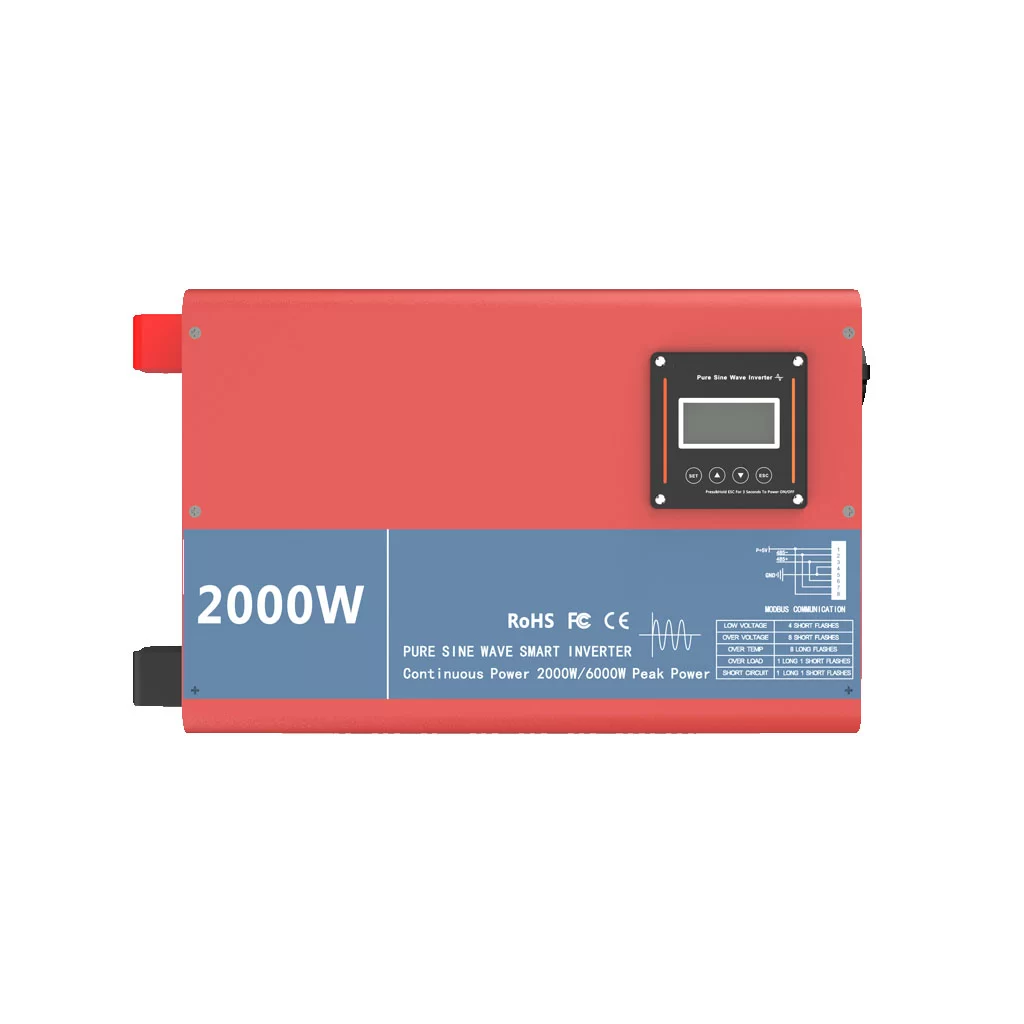Get A Quote Now!
India’s Solar Power Expansion: Growth, Challenges, and Opportunities
India’s solar industry is experiencing a significant transformation, with the first half of 2024 marking a record-breaking growth in photovoltaic installations. The country added 14.9GW of solar capacity during this period, surpassing previous records. This surge in solar power is part of India’s larger plan to meet its ambitious goal of reaching 280GW by 2030. However, alongside this growth, several challenges remain, particularly in the areas of solar component supply and grid connection delays.

Why India is Betting Big on Solar Power
India is home to some of the world’s most favorable conditions for solar energy. With over 300 sunny days per year, solar energy offers a sustainable, reliable, and eco-friendly solution to the country’s energy demands. As of June 2024, solar power contributes to 19.5% of India’s total electricity generation, accounting for 44% of the total renewable energy mix. This upward trend in solar power generation is driven by government initiatives, lower solar equipment costs, and the pressing need to reduce dependence on fossil fuels.
Key Drivers of Solar Growth in 2024
- Delayed Projects Now Operational: Many projects that faced delays in previous years are now becoming operational, contributing significantly to the solar capacity added in the first half of 2024.
- Large-scale Solar Installations: States like Rajasthan, Gujarat, and Karnataka lead in utility-scale solar installations, making up a significant portion of the total solar output.
- Increased Rooftop Solar Adoption: Rooftop solar systems have seen increasing adoption, accounting for over 13% of the solar energy output in India.
Challenges Facing the Solar Industry
Despite this growth, challenges remain. Supply chain issues, particularly around the availability of solar components, have slowed down project timelines. Additionally, grid connection and transmission constraints have delayed the completion of several large projects, affecting the quarterly growth rate.
Another significant challenge has been the reimplementation of the Approved List of Models and Manufacturers (ALMM), which has delayed many open-access projects. These bureaucratic hurdles, along with grid connection delays, impacted the pace of new solar installations in Q2 2024, leading to a 49% decline in solar capacity addition compared to Q1.
Solutions to Overcome Challenges
To maintain the current growth trajectory and meet the 2030 target, India needs to streamline its regulatory framework and strengthen its transmission infrastructure. This will require faster clearances for grid connections and addressing the bottlenecks in the solar equipment supply chain. Additionally, investing in energy storage solutions will allow better integration of solar energy into the grid, enhancing overall energy reliability.
The Future of Solar Energy in India
Looking ahead, India is well-positioned to become a global leader in solar energy. The government’s push for renewable energy, combined with private sector investments in solar farms and rooftop installations, will continue to drive growth. While challenges remain, the potential for further expansion is significant, particularly with innovations in solar technology and energy storage.
To explore how our solutions can help you optimize solar energy systems, visit our solar energy solutions page for more information.






